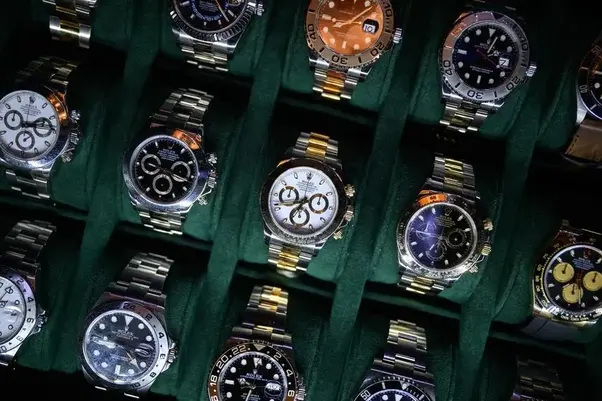T4K3.news
Swiss watch tariffs may alter buying habits
A 39% tariff on Swiss exports could raise prices for Gen Z buyers and push demand toward pre owned watches.
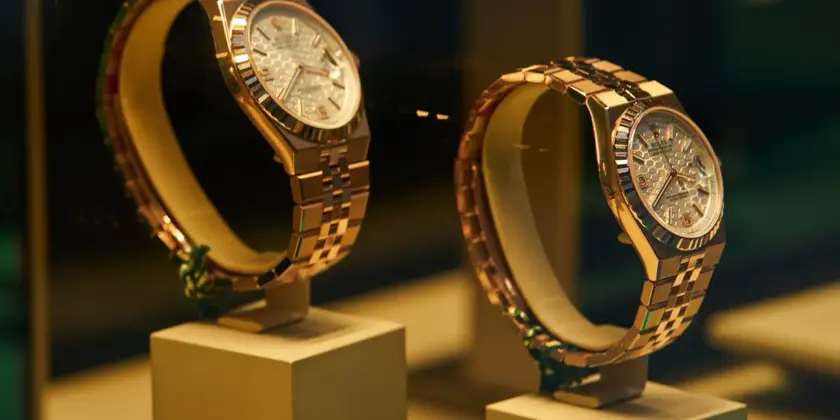
The 39% tariff on Swiss made watches could raise prices for young buyers and push preference toward pre owned pieces.
Tariffs on Swiss watches cool Gen Z luxury push
Gen Z has helped push luxury watches into everyday social currency. A BCG survey found 54% of Gen Z respondents had increased luxury watch spending since 2021, and Sotheby’s says nearly a third of its 2023 watch sales went to buyers aged 30 and under. Now a 39% U.S. tariff on Swiss watches could lift prices and cool demand. The United States remained the top destination for Swiss watch exports in early 2025, with shipments worth about $3.17 billion, according to the Federation of the Swiss Watch Industry. Analysts estimate that brands could raise retail prices by 12% to 14% if they pass the tariff to consumers. For many young buyers, that makes new Swiss pieces harder to justify.
Shifting buying patterns are likely. Industry players say the pre owned market offers value and immediacy as primary market supply tightens. A Boston retailer notes a surge in U S buyers seeking secondhand pieces; some collectors view the secondary market as a pragmatic entry point. Yet the social appeal of high status watches persists for some buyers, with the allure of brands like Rolex, Patek Philippe, or Audemars Piguet remaining a strong draw on platforms such as TikTok and Instagram. The tariff could push allocation toward Europe or the Middle East, where demand remains robust and VAT refunds can sweeten purchases. Swiss producers may respond with pricing adjustments and new strategies to protect jobs and supply chains.
Key Takeaways
"The 39% tariff instantly turns new Swiss releases into a luxury few can justify"
From watch market observers about the impact on buyers
"Pre owned is the best option for value and immediate availability no import headaches and no sticker shock"
Josh Ganjei on market shifts to secondhand
"They also understand the status that it gives them"
Anish Bhatt on social currency driving demand
"Allocation of pieces could shift toward Europe or the Middle East as demand rises there"
Ganjei on regional demand dynamics
Policy makers are testing a market built on social status and careful price sensitivity. Gen Z's appetite for luxury may endure in the long run, but the tariff exposes how fragile demand can be when costs jump. The appeal of social media driven branding means brands must rethink value storytelling, not just brand fame.
Brands could diversify markets, strengthen domestic resale channels, and retool marketing to show durability and craftsmanship rather than merely chasing the latest drop. If the US market cools, the watch industry may reallocate attention to Europe, the Middle East, and other regions. The bigger risk is the broader message: consumer access to luxury depends as much on policy as on product.
Highlights
- The 39% tariff instantly turns new Swiss releases into a luxury few can justify
- Pre owned is the best option for value and immediate availability no import headaches and no sticker shock
- They also understand the status that it gives them
- Allocation of pieces could shift toward Europe or the Middle East as demand rises there
Tariff policy risks hit youth luxury market
A 39% tariff on Swiss watches could raise prices and dampen Gen Z demand for luxury timepieces, with potential effects on Swiss employment and supply chains. The policy may provoke political backlash and affect consumer sentiment in the United States.
Prices may cool for now but the social pull of these watches remains
Enjoyed this? Let your friends know!
Related News
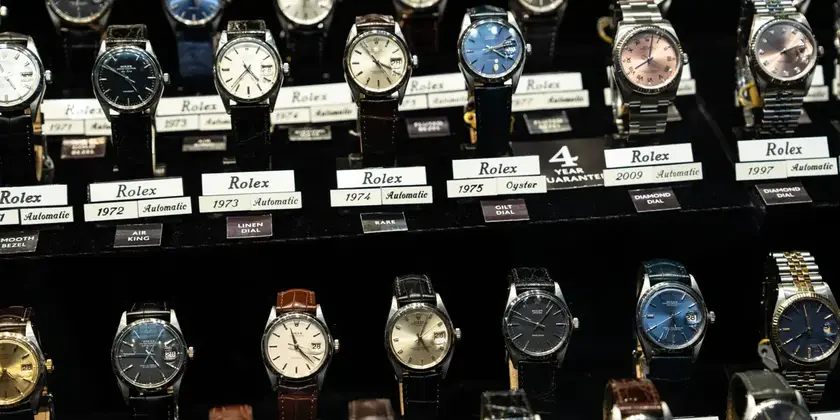
39% Tariff Takes Aim at Swiss Watches
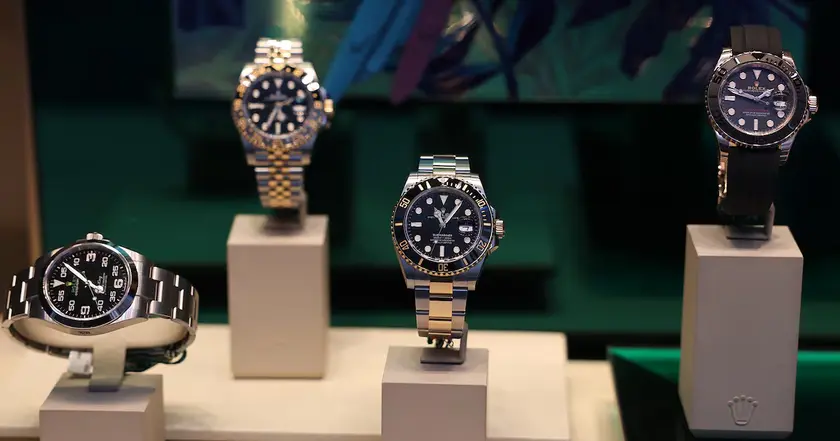
Tariffs hit Swiss watches
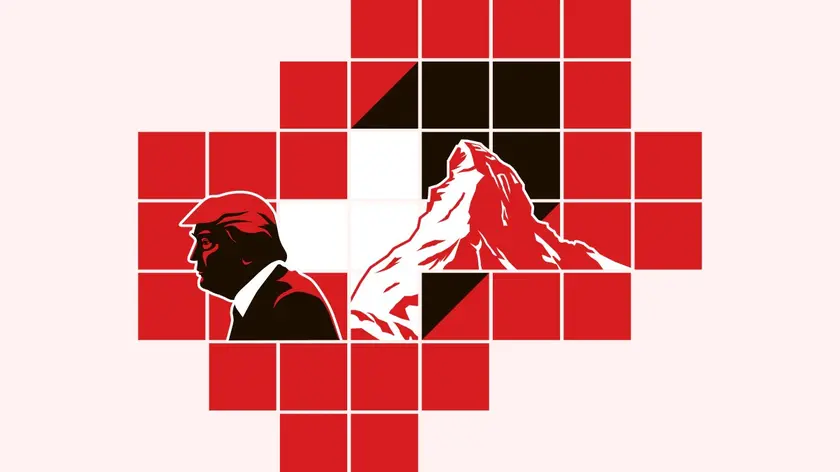
Swiss exports hit by 39% US tariffs

Labor Day tech deals extend through the weekend

Gold prices decline as inflation data shifts Fed rate outlook

Switzerland's tariffs increase to 39%

Tariffs push grocery prices higher

Fast News Day Highlights Travel Incidents Political Fallout and Wellness Trends
